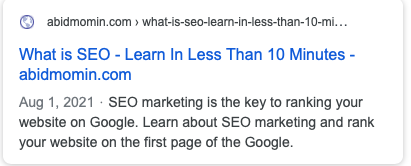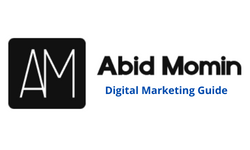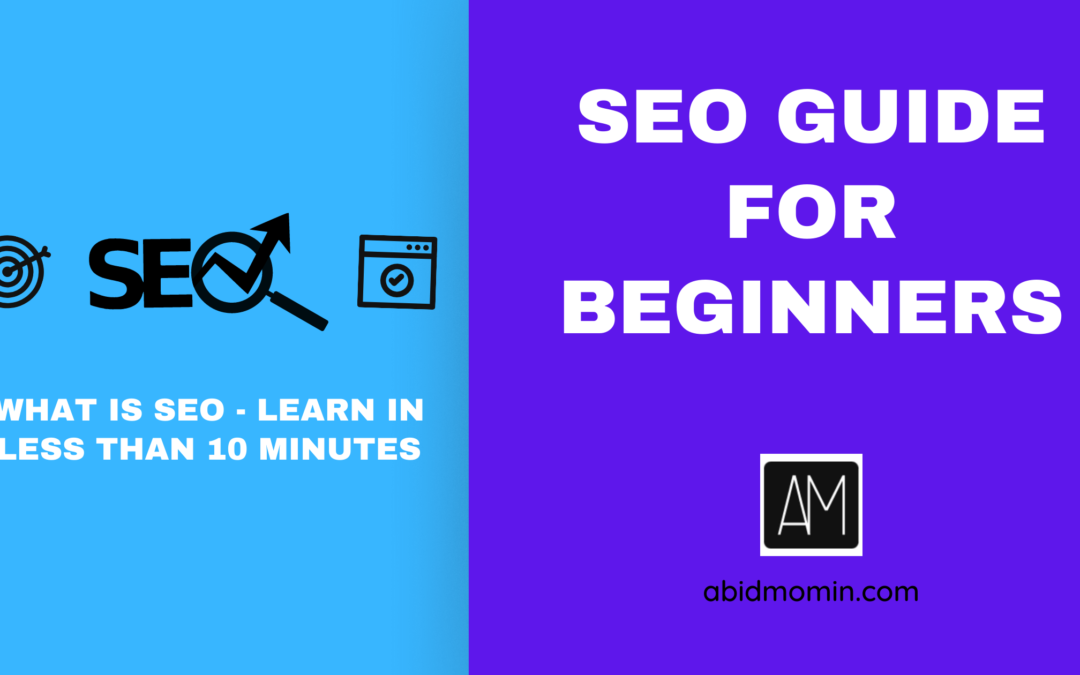Let’s start with the definition, what is SEO?
SEO stands for Search engine optimization which means it’s a technique that helps to rank website higher on search engines for the users’ relevant search queries.
In other words, SEO is ranking your website on the top of the google search engine when someone is searching for the product or service, or solution you are providing.
Before you rank your website on the top of the google search engine you need to understand how the search engine works.
Now, let’s understand the terminology of the search engine
- Crawling: The process where google spiders or crawlers find new and updated content on the web.
- Indexing: Once the crawler finds the new and updated content on the internet google will store this data.
- Ranking: Based on the users’ search query google will fetch the most relevant content from its indexing based on 200+ factors.
How to start with SEO marketing? so there are two types of SEO you have to perform on your website.
- On-page SEO
- Off-page SEO
On-Page SEO
On-page SEO is optimizing webpage content for search engines and users. Common practices are meta tag optimization, content, internal links, and URL.
Competitor Analysis
Before starting your SEO marketing activities you need to do a competitor analysis for market research. use the tools like Ahref and put your competitor URL and see the top pages they are ranking for and keywords they are using for the top content. This is how you will get the idea for your keywords and you can start building the content around those keywords.
The most important thing you need to focus on here is you can not replace your competitor for the same keywords they are ranking for within a short period because your competitors have already gained google trust and won the top spots on google search engines, you have to generate a lot of backlinks and google trust to gain the top positions for the same high search volume keywords which might take more than a year time.
User Intent:
So you need to focus on the user intent behind the search query, for example, your content is a solution for a problem your target audience is searching on google or any search engine. If the user intent is looking for information about some products your content has to serve the same and if the user intent is to buy some service or product your content should fulfil with same by including the similar keyword “buy”, “purchase” etc. If you target the right keywords with small traffic you can see good results from your content.
Keyword Research
Choosing the right keyword to target the right audience. There is plenty of keyword research tool but before you select the keywords you should know the user’s intent behind the keyword. For example “Free SEO course” or “Digital marketing” or “AbidMomin” the user searching for these keywords is not going to transact on your site for a paid course or paid content because in this case, the user is a researcher, not a buyer.
Content
The main element of SEO is content, so the advances in SEO are useless if you don’t have great content in place for your products or services. And to generate great quality content understand the user intent and develop a customer avatar so that you know what are the likes and dislikes of your users and generate more relevant content to solve their problems.
Without proper title tags, headlines, and meta descriptions Google will have a hard time crawling what your content is all about and why it should rank your content higher on the search engine.
Changing the HTML from an SEO perspective is very simple.
Title Tag: The title tag is what is displayed on the google search result for the queries. (refer to below google search result image)
Meta Description: It’s a 160-character description where you will tell your users what about your content is?. this description should include your primary keywords.
Schema: It’s just a subset of specific HTML tags that improves the way of Google or other search engines display your content.
Subheadings: H1, H2, and H3 are the subheadings that tell google what your content piece is, and also guide the users once they land on your post. The H1 should include your primary keyword but it should not be keyword stuffed.
Alt-Text: Alt text describes the images in your post or content pieces.
URL Slug: make sure you have included your most important keyword in your page URL.

Read about Technical SEO and How good web design can make your website SEO friendly
Conclusion:
The most important thing to remember is there is no shortcut in SEO you have to be consistent with your content update and have to go the extra mile because this is how you can stand out. At least you have to keep your struggle for six months to start seeing your success and those who say SEO is a one-time process strategy are wrong. You have to update your content regularly.
What do you think is the most important SEO factor to rank on top of the search engine?


Thank you, your site is very useful!
Everything is very open with a very clear explanation of the challenges. It was truly informative. Your website is very useful. Many thanks for sharing!